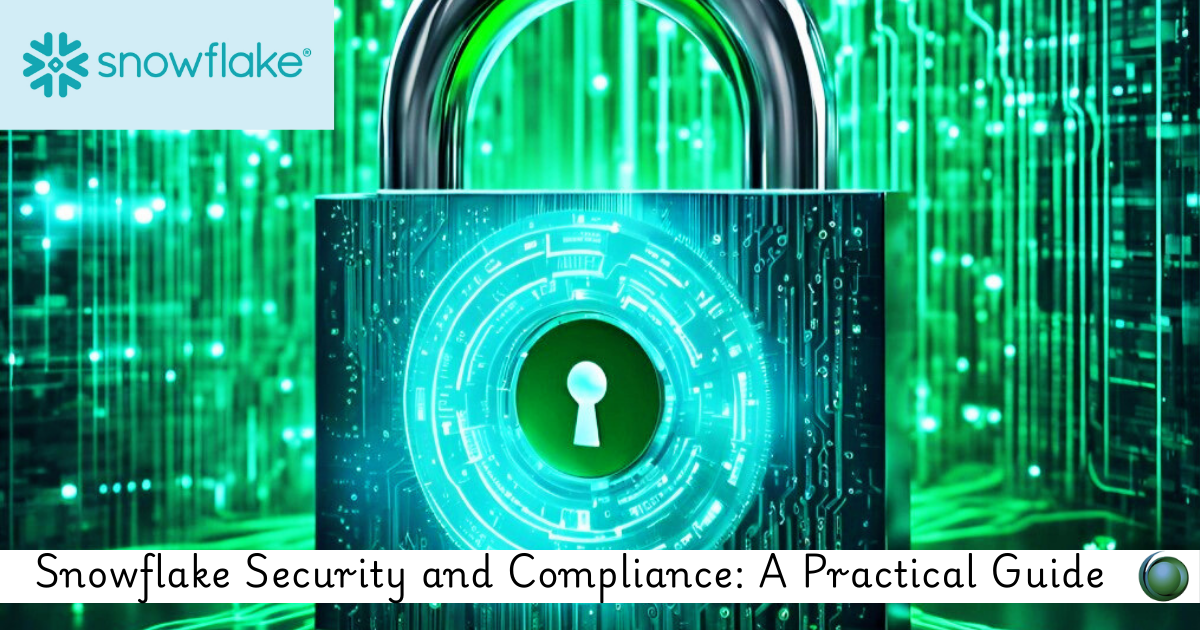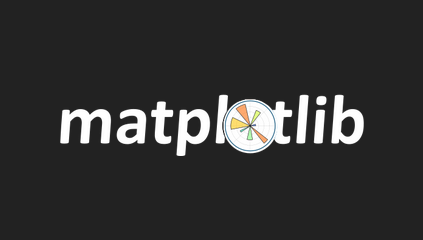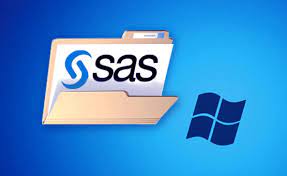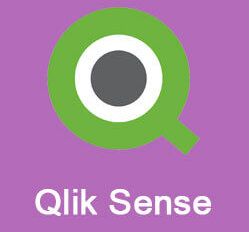Description
Introduction of Snowflake Security and Compliance
Security and compliance are critical components of any cloud-based data platform. Snowflake provides robust security features, including data encryption, access control, and compliance with industry regulations. This guide explores best practices for securing data, managing user access, and ensuring regulatory compliance in Snowflake.
Prerequisites
- Basic knowledge of Snowflake’s architecture.
- Familiarity with data security and compliance concepts.
- Understanding of role-based access control (RBAC) and encryption techniques.
Table of Contents
1. Overview
1.1 Importance of Security in Cloud Data Platforms
1.2 Key Security Features in Snowflake
1.3 Compliance Standards Supported by Snowflake
2. Identity and Access Management (IAM) in Snowflake
2.1 Role-Based Access Control (RBAC)
2.2 Managing Users, Roles, and Privileges
2.3 Multi-Factor Authentication (MFA) and SSO Integration
3. Data Encryption and Protection
3.1 End-to-End Encryption: In-Transit and At-Rest
3.2 Using Customer-Managed Encryption Keys (CMEK)
3.3 Implementing Row-Level and Column-Level Security
4. Auditing and Monitoring
4.1 Enabling Snowflake’s Audit Logs
4.2 Using Access History for Security Audits
4.3 Integrating Snowflake with SIEM Solutions
5. Secure Data Sharing and Collaboration
5.1 Best Practices for Secure Data Sharing
5.2 Managing Data Access for External Users
5.3 Masking Sensitive Data for Compliance
6. Compliance and Regulatory Considerations
6.1 GDPR and CCPA Compliance in Snowflake(Ref: Optimizing Query Performance in Snowflake)
6.2 HIPAA and PCI DSS Compliance Best Practices
6.3 Ensuring Data Residency and Sovereignty
7. Threat Detection and Risk Mitigation
7.1 Identifying and Mitigating Insider Threats
7.2 Protecting Against SQL Injection and Other Attacks
7.3 Implementing Least Privilege Access Policies
8. Automating Security Policies and Governance
8.1 Automating Security with Snowflake’s Governance Features
8.2 Using Snowflake Tags and Policies for Data Classification
8.3 Implementing Compliance Workflows with Snowflake Tasks
9. Incident Response and Disaster Recovery
9.1 Preparing for Security Incidents in Snowflake
9.2 Implementing Backup and Restore Strategies
9.3 Ensuring Business Continuity with Failover and Replication
10. Conclusion and Best Practices
10.1 Key Takeaways for Snowflake Security and Compliance
10.2 Future Trends in Cloud Security and Compliance
10.3 Next Steps for Strengthening Snowflake Security
Ensuring this course requires a combination of strong access controls, data encryption, continuous monitoring, and adherence to regulatory requirements. By implementing these best practices, organizations can safeguard sensitive data, mitigate risks, and maintain compliance with global standards.







Reviews
There are no reviews yet.